EXPLORE THE DIVERSE AND BREATH TAKING TOURISTS SITES ACROSS CENTRAL AFRICA
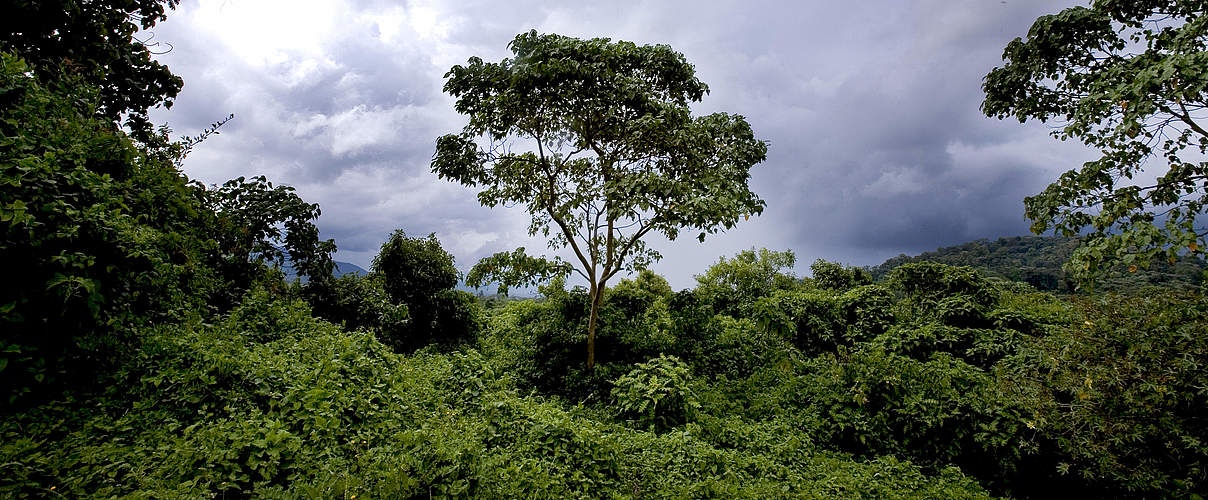
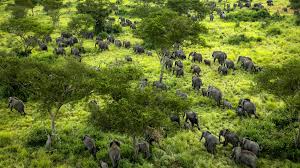
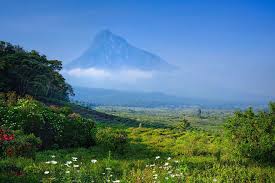
VIRUNGA NATIONAL PARK DEMOCRATIC OF CONGO
Virunga National Park, established in 1925, is Africa's oldest national park and a UNESCO World Heritage Site. Located in the eastern Democratic Republic of the Congo (DRC), it spans approximately 7,900 square kilometers (3,050 square miles) and encompasses a diverse range of habitats, including savannas, lava plains, swamps, lowland and montane forests, and the snow-capped peaks of the Rwenzori Mountains.
Historical Background
Originally named Albert National Park after King Albert I of Belgium, the park was established to protect the endangered mountain gorilla population. Following the DRC's independence in 1960, the park was renamed Virunga National Park, with "Virunga" derived from the Kinyarwanda word "Ibirunga," meaning "volcanoes," reflecting the park's volcanic landscapes.
Biodiversity and Conservation
Virunga is renowned for its exceptional biodiversity, hosting a variety of ecosystems that support numerous species, including the endangered mountain gorillas, elephants, hippos, and a multitude of bird species. The park's varied landscapes, from volcanic mountains to savannahs, contribute to its status as one of the most biologically diverse protected areas in Africa.
Challenges and Preservation Efforts
The park has faced numerous challenges over the decades, including poaching, armed conflicts, and political instability. Despite these obstacles, dedicated conservation efforts have been implemented to protect the park's wildlife and habitats. The Virunga Alliance, an ambitious development program, aims to promote sustainable development and conservation in the region.
Recent Developments
In recent years, Virunga National Park has continued to attract international attention for its conservation efforts and the ongoing challenges it faces. The park remains a symbol of resilience and the importance of preserving biodiversity amidst adversity.
Virunga National Park's rich history and ecological significance underscore its importance as a natural heritage site, reflecting both the challenges and successes of conservation in the face of complex socio-political dynamics.
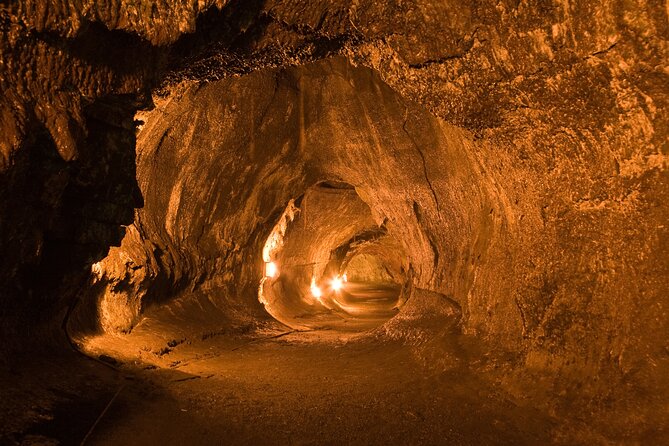
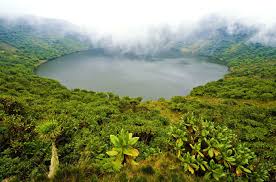
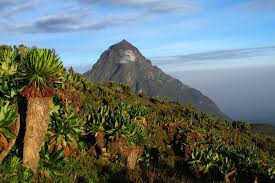
VOLCANOES NATIONAL PARK:
Volcanoes National Park, located in northwestern Rwanda, is renowned for its rich biodiversity and as a sanctuary for the endangered mountain gorillas. Established in 1925, it holds the distinction of being Africa's first national park.
Early History
The park was initially gazetted by the Belgian colonial administration to protect the mountain gorillas from poaching. At its inception, it was known as Albert National Park, named after King Albert I of Belgium. The park's boundaries extended into the Democratic Republic of Congo, encompassing the Virunga Massif, which includes the Karisimbi, Mikeno, and Visoke volcanoes.
Post-Independence Developments
Following Rwanda's independence in 1962, the park's administration was restructured. In the 1960s, the park was divided between Rwanda and the Democratic Republic of Congo, leading to the creation of Virunga National Park in Congo.
Dian Fossey's Contribution
In 1967, American primatologist Dian Fossey established the Karisoke Research Center within the park, dedicating her life to studying and conserving the mountain gorillas. Her groundbreaking research brought international attention to the plight of these primates. Tragically, she was murdered in 1985, a crime often attributed to the poachers she had spent her life fighting against.
Recent History
In the early 1990s, the park became a battleground during the Rwandan Civil War, with the park headquarters being attacked in 1992. The research center was abandoned, and all tourist activities, including visiting the gorillas, were halted. Tourism activities resumed in 1999 when the area was deemed safe.
Today, Volcanoes National Park continues to be a vital conservation area, attracting visitors worldwide who come to observe the mountain gorillas in their natural habitat.
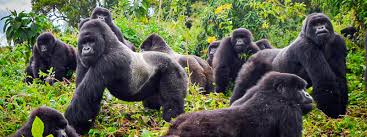
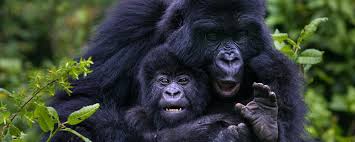
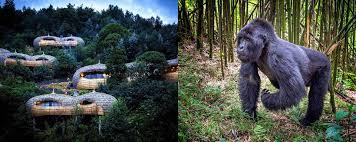
GORILLA TREKKING RWANDA:
Gorilla trekking in Rwanda has evolved from early conservation efforts to a thriving eco-tourism industry, significantly contributing to the protection of mountain gorillas and the local economy.
Early Conservation and Research
In the 1960s, renowned primatologist Dian Fossey established the Karisoke Research Center in Rwanda's Volcanoes National Park. Her pioneering research on mountain gorillas brought global attention to their endangered status and laid the groundwork for conservation initiatives.
Development of Gorilla Tourism
In 1990, Volcanoes National Park was recognized as one of Africa's most organized and popular gorilla sanctuaries, with gorilla tourism becoming a leading source of revenue for Rwanda. However, the park faced challenges in the early 1990s, including attacks on park headquarters and the evacuation of the research center due to regional conflicts.
Regulation and Growth
The first official gorilla trekking expeditions allowed six people per gorilla family, with visits limited to one hour to minimize human impact. Participants paid a permit fee of USD 20. These measures established the foundation for ethical gorilla trekking practices.
Post-Genocide Recovery
Following the 1994 genocide, Rwanda's tourism sector, including gorilla trekking, faced significant setbacks. The park reopened to tourism in June 1993 but was evacuated in April 1994 due to the conflict.
Current Status
Today, Rwanda's gorilla trekking permits are priced at USD 1,500 per person, with proceeds supporting conservation efforts and local community development. The mountain gorilla population has grown to 1,063 across Uganda, Rwanda, and the Democratic Republic of the Congo, thanks to ongoing conservation initiatives.
Gorilla trekking in Rwanda offers a unique opportunity to observe these majestic creatures in their natural habitat, contributing to their conservation and providing economic benefits to the country.
Developments in Gorilla Conservation and Trekking
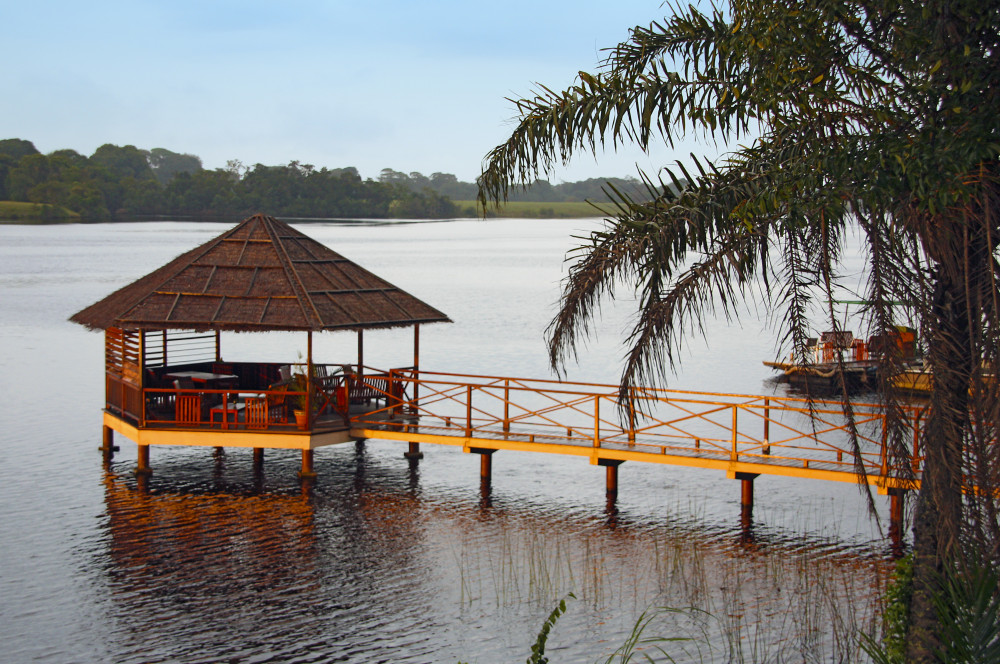
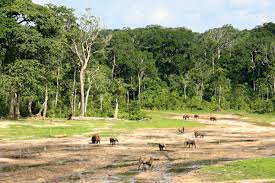
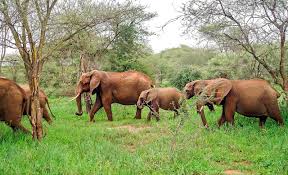
LOANGO NATIONAL PARK GABON:
Loango National Park, located on Gabon's western coast, is renowned for its rich biodiversity and varied ecosystems, including savannahs, beaches, forests, and mangroves. The park spans approximately 1,550 square kilometers (600 square miles) and is part of the Ogooué-Maritime province.
Early Conservation Efforts
In 1956, the area was designated as a faunal reserve, marking the beginning of formal conservation initiatives in the region.
Establishment as a National Park
In 2002, Gabonese President Omar Bongo Ondimba established Loango National Park, along with 13 other national parks, covering approximately 10% of Gabon's land area.
Biodiversity and Ecological Significance
Loango National Park is celebrated for its extraordinary biodiversity, hosting species such as forest elephants, hippos, red forest buffalo, leopards, crocodiles, western lowland gorillas, chimpanzees, sitatunga, duikers, and a vast array of birds.
Tourism and Conservation
The park has become a significant eco-tourism destination, attracting visitors interested in observing its diverse wildlife and pristine landscapes. Conservation efforts are supported by tourism revenues, aligning with the "tourism pays for conservation" model.
Loango National Park's history reflects Gabon's commitment to preserving its natural heritage and promoting sustainable tourism.